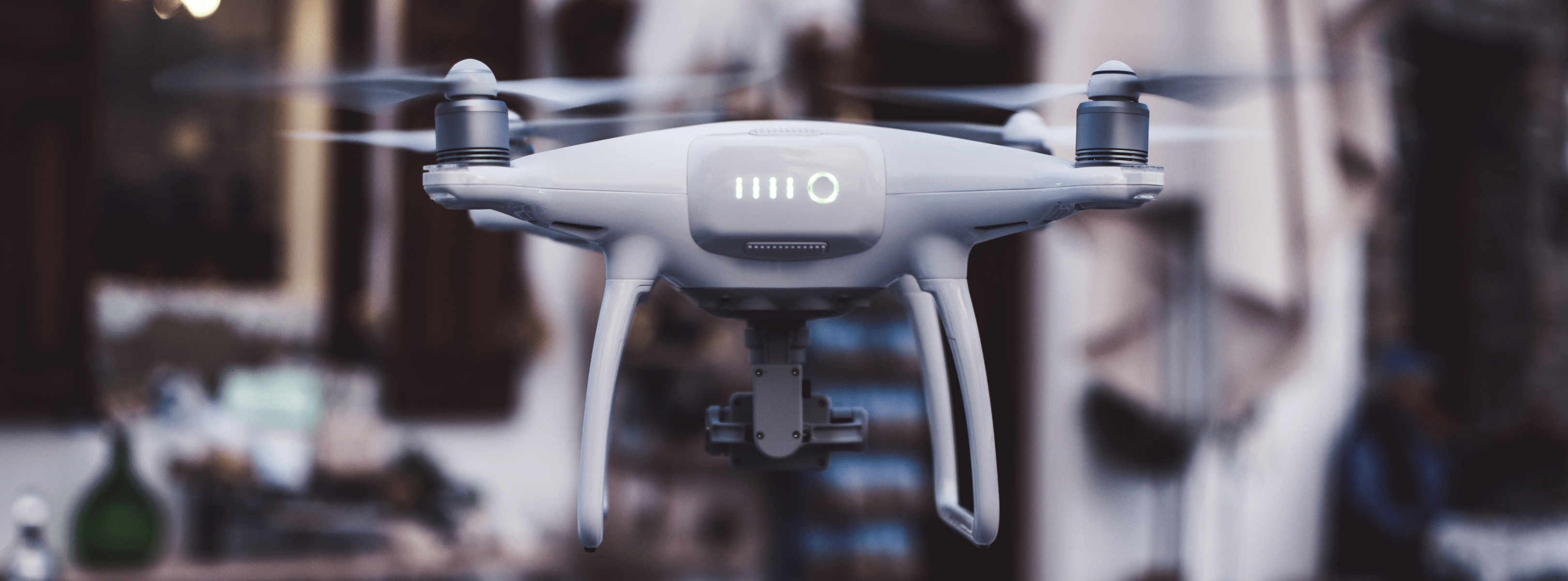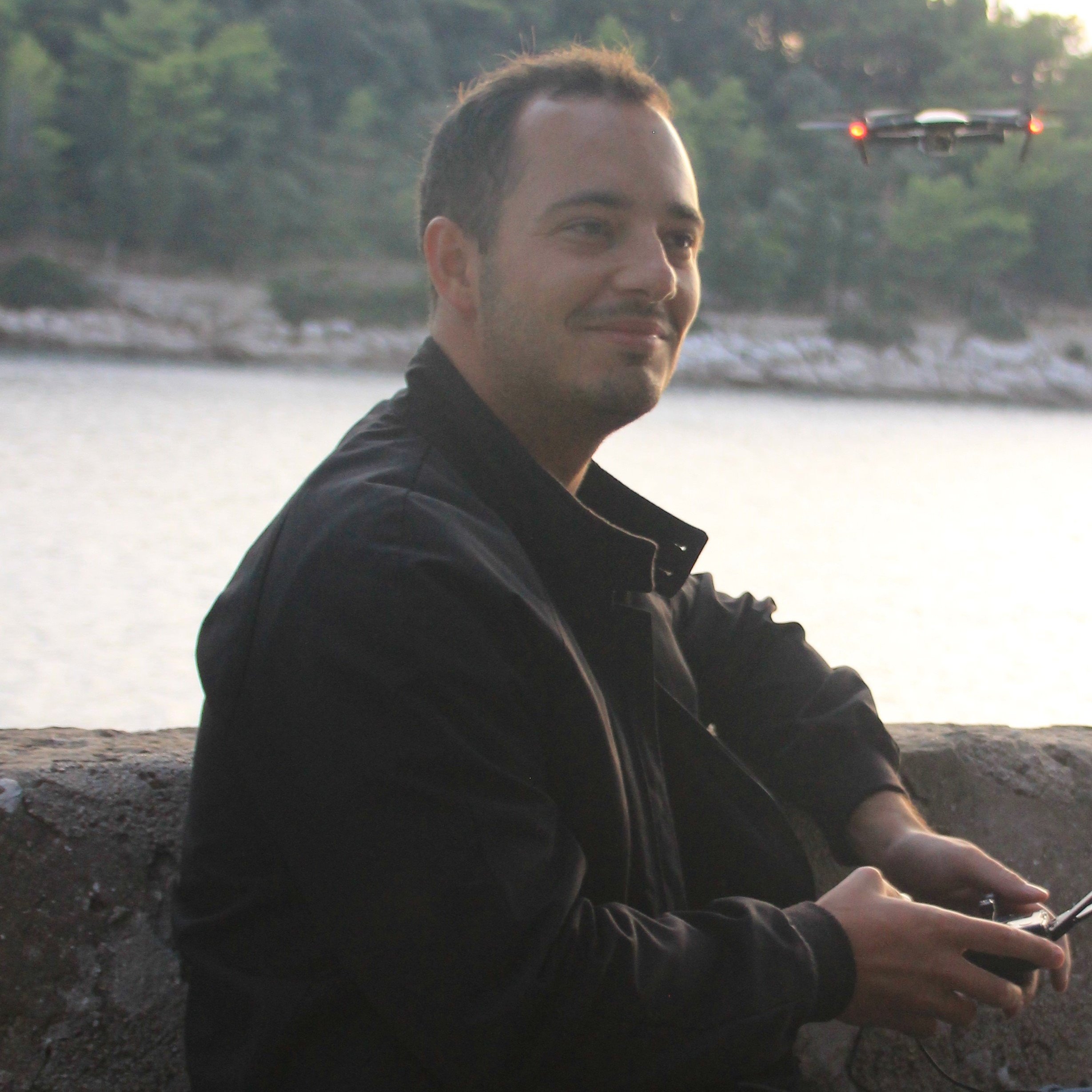Drones are creating value across the board in industries ranging from construction to agriculture and real estate.
They are also bringing a wave of impetus to the energy business, which now more than ever needs to be as sustainable and efficient as possible.
Aerial technology is supporting solar farms, oil and gas platforms and pipelines around the world, as drones have become useful data-gathering tools in both conventional energy production and the growing renewables industry.
Wind energy, in particular, is poised to rely heavily on drones and autonomous systems in the years to come. Trillions of dollars are set to be invested globally into renewables across the next three decades, and wind is predicted to be the world’s single largest source of power generation by 2050.
That amounts to a huge amount of wind turbines and, you’d imagine, an equally huge number of regular inspections and maintenance flights.
So how are drones becoming invaluable tools for maintenance crews working on wind farms?
How an eye in the sky can transform wind turbine inspections
Whether they are out at sea or onshore, wind turbines are, by definition, exposed to the elements once they are set to work.
These large moving structures rely on a delicate aerodynamic balance to perform to their maximum potential. So much so that even minor damage or manufacturing defects can cause inefficiencies that, when left exposed at scale, can lead to huge amounts of wasted energy.
For that reason, ground teams with specialist equipment or rope access and platform technicians have long been used to carry out inspections at close quarters, often shutting down windfarm operations for days at a time while putting engineers’ lives at risk in the process.
Revenue losses can be substantial during these maintenance periods and are exacerbated by the funding needed to pay for them.
Fortunately, drones can reduce time crews have to spend in precarious positions by providing quick and remote coverage of turbines. Wind turbine drone inspections can be carried out more quickly as a result and operations can get back up and running.
With thermal payloads, drones can also be used to spot internal structural damage in wind turbines, which might otherwise go unnoticed for long periods of time.
There’s also the advantage of having predesignated flight plans. Not only do these speed up operations, but they also make them repeatable, giving maintenance crews the ability to track the state of turbine blades over time through multiple missions.
DroneBase is committed to making aerial innovation available for our energy industry customers, particularly those who manage wind farm maintenance.
Bringing new options to the table
In agriculture, drones have proven to be useful tools both for gathering data and actively improving the health of crops.
For example, a fixed-wing drone with a multispectral sensor can assess crop health while a multirotor aircraft sprays pesticides or fertilizer.
The same principle is starting to take shape on wind farms as well. Early adopters of the technology are using drones to inspect turbines and assist maintenance crews. But in a few short years we could be seeing drones take a much more active role in the process.
Some companies are exploring ways for drones to be put to work more literally.
Latvian startup Aerones has developed a tethered platform that can be connected to a water/liquid source. The drone can be used to de-ice blades in the winter with specialized fluid, spray a performance-enhancing coating or just shoot out a jet of water to clean turbine blades.
Drones have an important role to play in supporting wind energy moving forwards. For more details on Wind Turbine Inspections visit our latest post, Wind Turbine Inspection: What You Need to Know.





.jpg?width=360&name=Banner%20Templates%20(12).jpg)